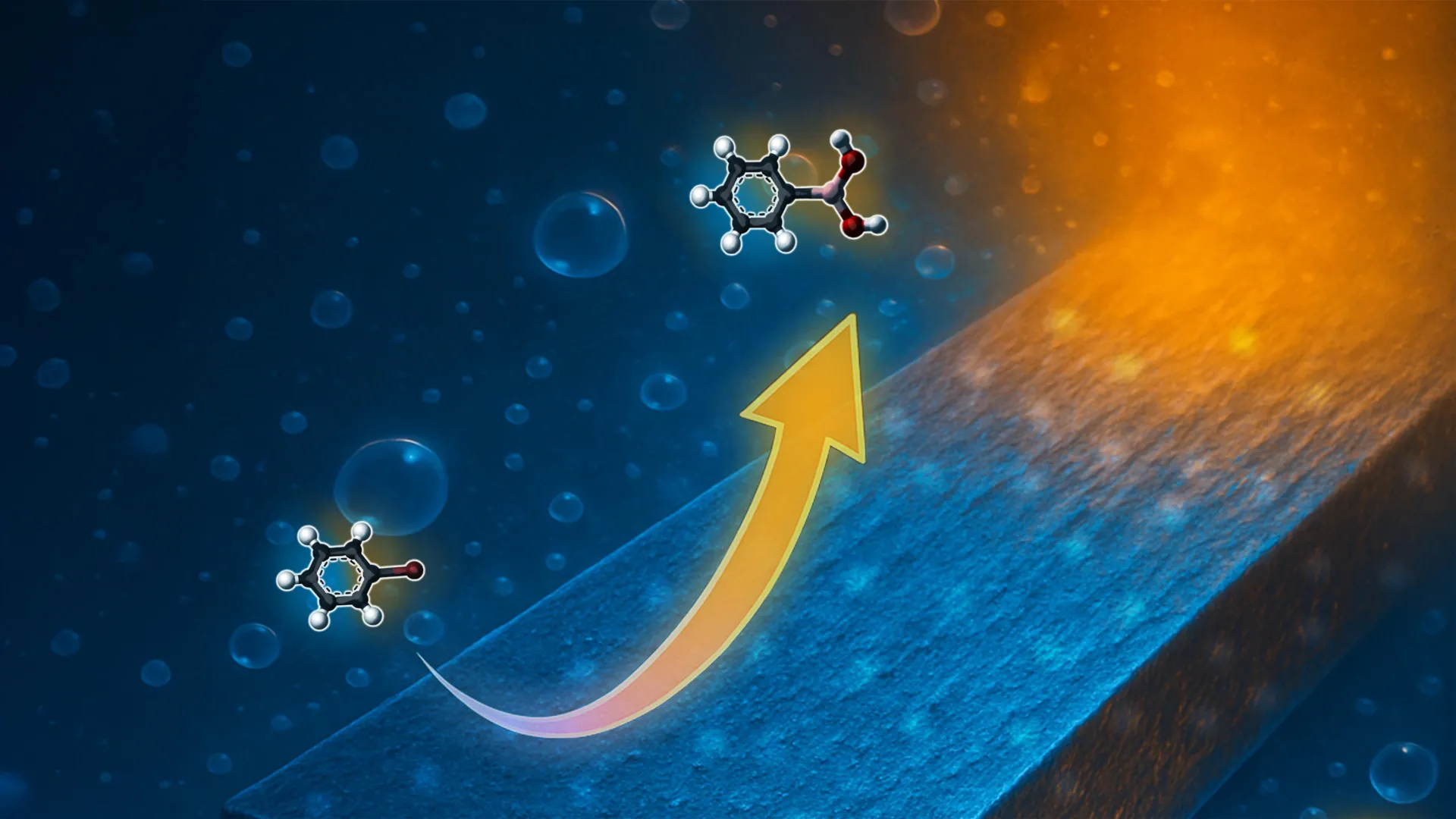What was once seen as mathematical garbage may hold the key to the future of computation.
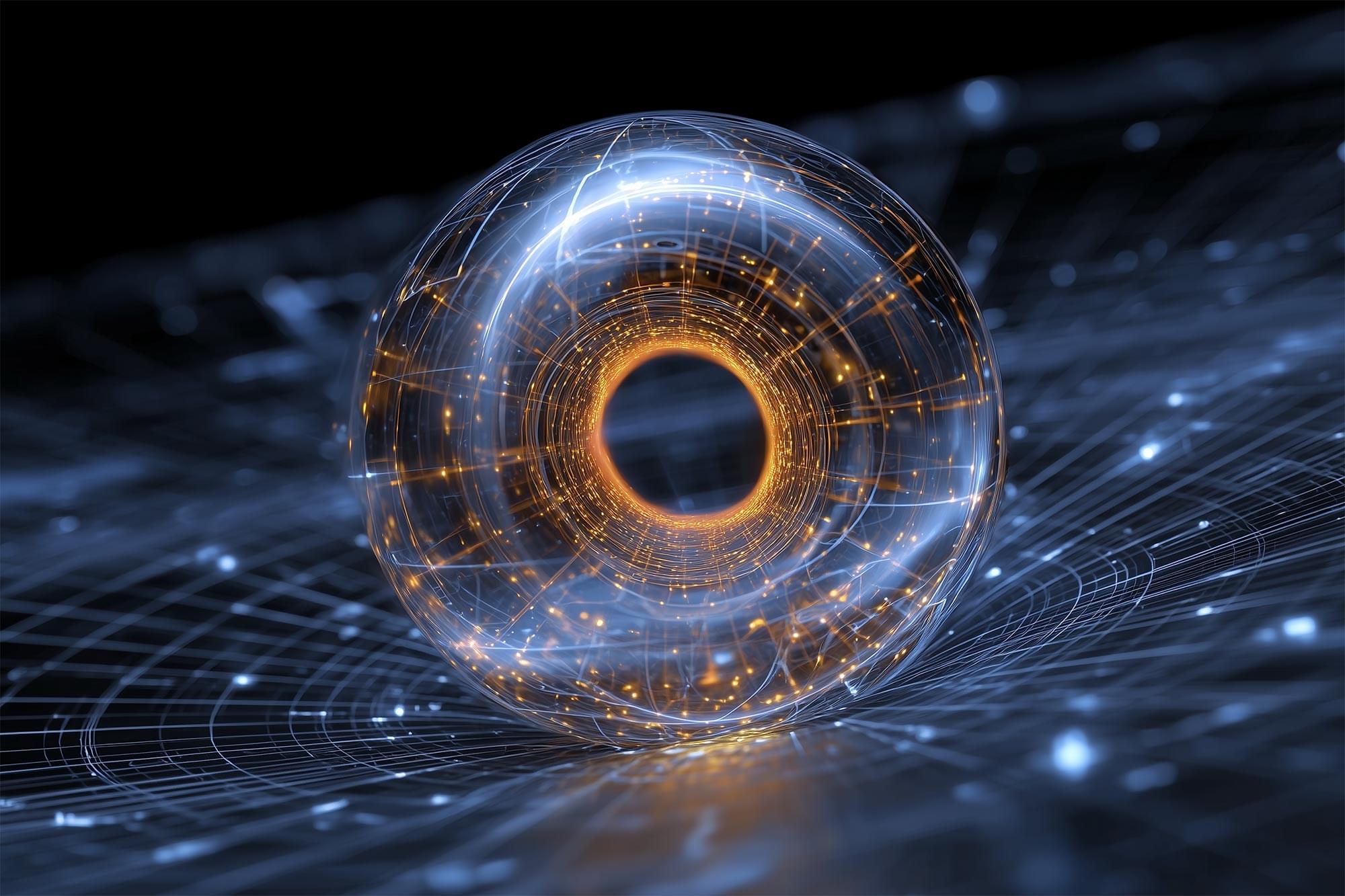

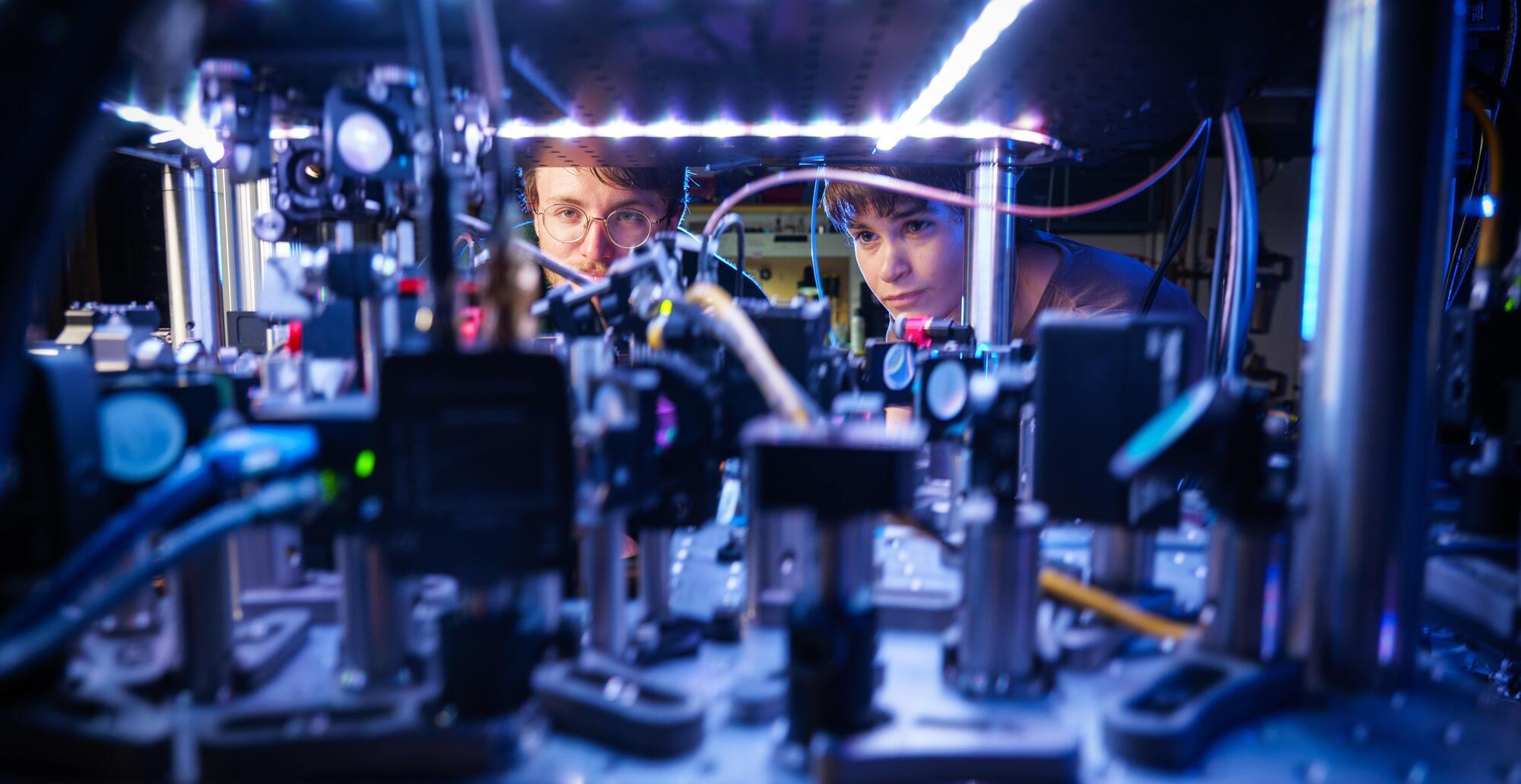
In a new study, physicists at the University of Colorado Boulder have used a cloud of atoms chilled down to incredibly cold temperatures to simultaneously measure acceleration in three dimensions—a feat that many scientists didn’t think was possible.
The device, a new type of atom “interferometer,” could one day help people navigate submarines, spacecraft, cars and other vehicles more precisely.
“Traditional atom interferometers can only measure acceleration in a single dimension, but we live within a three-dimensional world,” said Kendall Mehling, a co-author of the new study and a graduate student in the Department of Physics at CU Boulder. “To know where I’m going, and to know where I’ve been, I need to track my acceleration in all three dimensions.”
The researchers published their paper, titled “Vector atom accelerometry in an optical lattice,” this month in the journal Science Advances. The team included Mehling; Catie LeDesma, a postdoctoral researcher in physics; and Murray Holland, professor of physics and fellow of JILA, a joint research institutebetween CU Boulder and the National Institute of Standards and Technology (NIST) (More information about the new quantum GPS)
A new quantum device could one day help spacecraft travel beyond Earth’s orbit or aid submarines as they navigate deep under the ocean with more precision than.
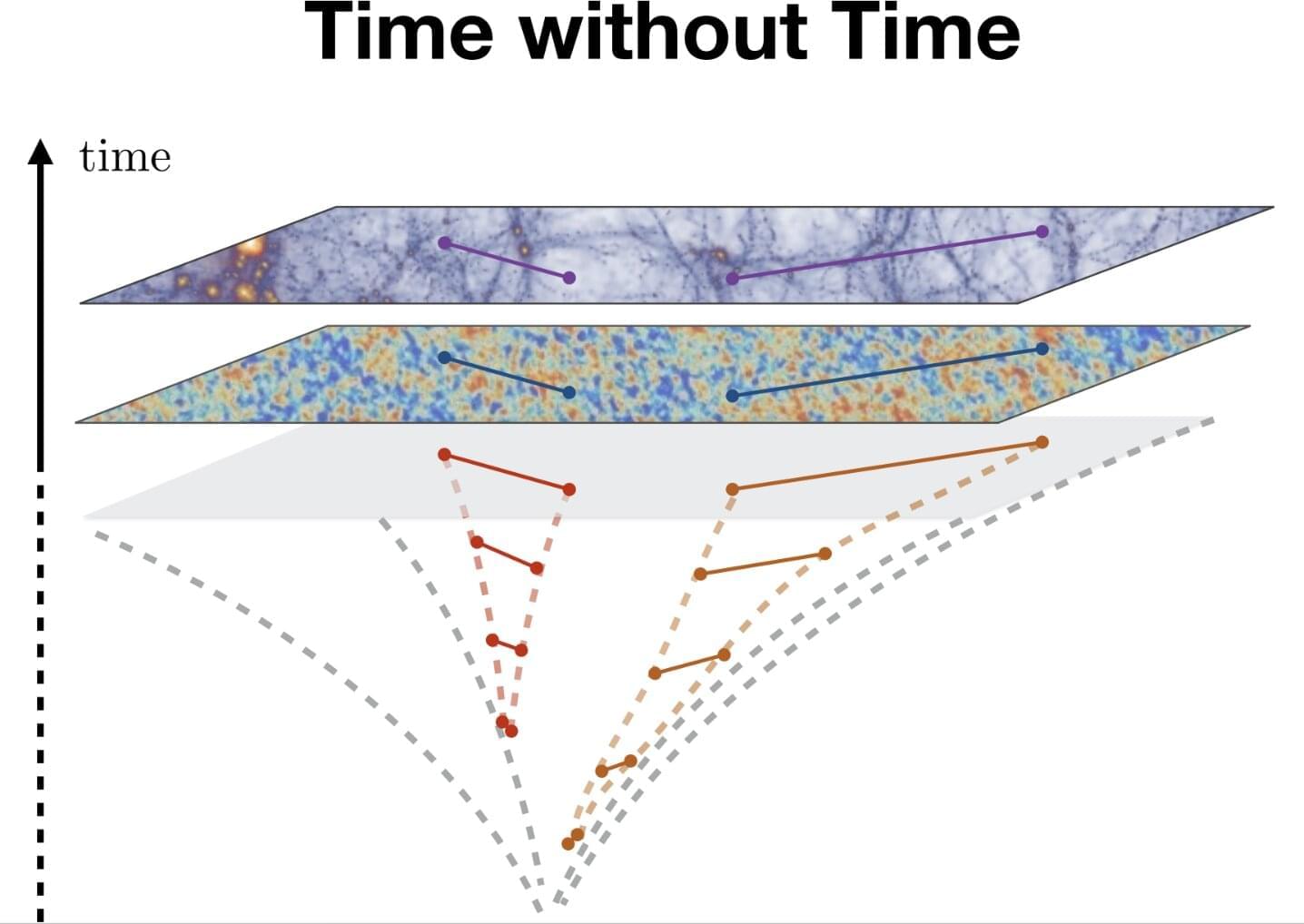
To study the origin and evolution of the universe, physicists rely on theories that describe the statistical relationships between different events or fields in spacetime, broadly referred to as cosmological correlations. Kinematic parameters are essentially the data that specify a cosmological correlation—the positions of particles, or the wavenumbers of cosmological fluctuations.
Changes in cosmological correlations influenced by variations in kinematic parameters can be described using so-called differential equations. These are a type of mathematical equation that connect a function (i.e., a relationship between an input and an output) to its rate of change. In physics, these equations are used extensively as they are well-suited for capturing the universe’s highly dynamic nature.
Researchers at Princeton’s Institute for Advanced Study, the Leung Center for Cosmology and Particle Astrophysics in Taipei, Caltech’s Walter Burke Institute for Theoretical Physics, the University of Chicago, and the Scuola Normale Superiore in Pisa recently introduced a new perspective to approach equations describing how cosmological correlations are affected by smooth changes in kinematic parameters.
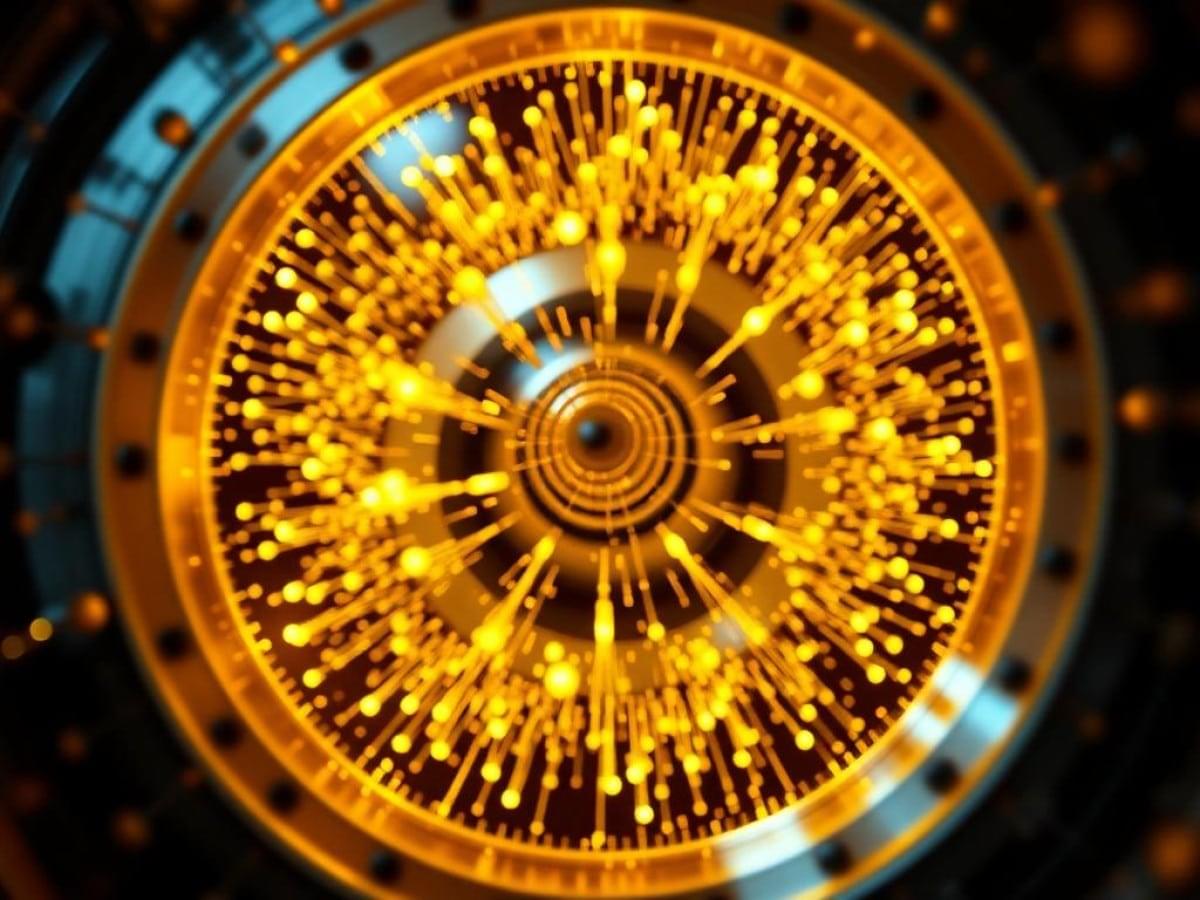
Physicists at the LHC have recently identified a collection of approximately one hundred “X particles” originating from the early moments of the Big Bang. These findings, which may lead to a deeper understanding of the universe, have been published in the Physical Review Letters journal.
Particle accelerators bring particles into high-speed collisions. The largest of these is the Large Hadron Collider (LHC), located near Geneva. The purpose of these experiments is to simulate aspects of the Big Bang and to examine how matter behaves under those conditions.
In recent years, these high-energy collisions have led to the discovery of several theorized particles. More recently, physicists have detected about a hundred short-lived “X particles,” so named due to their mysterious structures, amid billions of elementary particles.

Terence Tarnowsky, a physicist at Los Almos National Laboratory (LANL), will present his results at the fall meeting of the American Chemical Society (ACS). ACS Fall 2025 is being held Aug. 17–21; it features about 9,000 presentations on a range of science topics.
FOR IMMEDIATE RELEASE
Lea este comunicado de prensa en español
WASHINGTON, Aug. 18, 2025 — From electric cars to artificial intelligence (AI) data centers, the technologies people use every day require a growing need for electricity. In theory, nuclear fusion — a process that fuses atoms together, releasing heat to turn generators — could provide vast energy supplies with minimal emissions. But nuclear fusion is an expensive prospect because one of its main fuels is a rare version of hydrogen called tritium. Now, researchers are developing new systems to use nuclear waste to make tritium.

In 2018, results from the MiniBooNE neutrino experiment suggested the exciting possibility that low-energy muon neutrinos quantum-mechanically flip into electron neutrinos more frequently than predicted by the standard model of particle physics. Theorists have sought to explain this anomaly, known as the low-energy excess (LEE), by invoking beyond-standard-model explanations such as the existence of new flavors of neutrinos (see Viewpoint: The Plot Thickens for a Fourth Neutrino). However, there was always the possibility that photon emission attributed to electron-neutrino interactions had been caused by other processes. Now, an analysis of five years of data from MicroBooNE, a follow-up experiment with a different design, has effectively ruled out the electron-neutrino-based interpretation of the LEE [1].
MiniBooNE operated by observing the Cherenkov radiation from fast-moving charged particles generated by neutrino–nucleus interactions in the 800 tonnes of mineral oil that constituted the detector’s sensitive volume. But the experiment could not easily exclude photons from other sources. MicroBooNE has a smaller sensitive volume composed of liquid argon, but it can reconstruct charged particles’ trajectories and energies precisely, allowing it to identify photon origins more reliably. As well as taking advantage of this intrinsic selectivity, the MicroBooNE team took elaborate steps to reduce all sources of uncertainty, both instrumental and theoretical.
The resulting high-quality data show good agreement with the standard-model predictions. By comparing these results with those from MiniBooNE, the researchers were able to exclude the electron-neutrino-based explanation for the apparent LEE at a confidence level of over 99%. While this conclusion might be disappointing for some, it compels scientists to look for new explanations for the MiniBooNE anomaly, the cause of which is still unknown.

Everyone who ever took a photo knows the problem: if you want a detailed image, you need a lot of light. In microscopy, however, too much light is often harmful to the sample—for example, when imaging sensitive biological structures or investigating quantum particles. The aim is therefore to gather as much information as possible about the object under observation with a given amount of light.
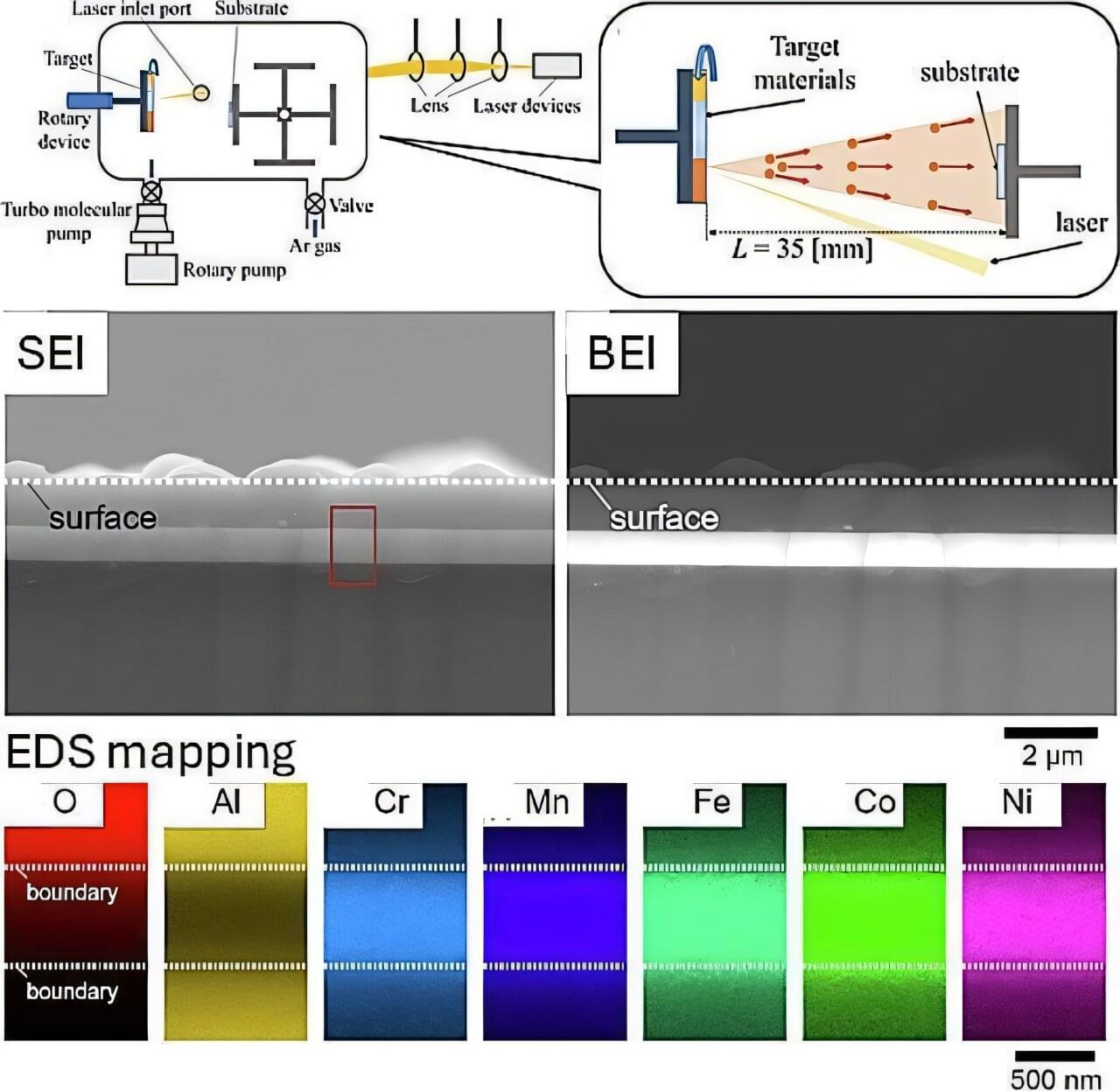
A collaborative research team has developed a novel method for forming high-performance high-entropy alloy (HEA) films on various surfaces without using expensive alloy targets. This was achieved using a proprietary rotating target composed of multiple pure metal segments and pulsed laser deposition (PLD) technology.
This method uniquely enables not only the deposition of metal atoms onto the substrate surface through laser irradiation but also their implantation into the subsurface, forming robust films that integrate with the substrate material.
Traditionally, producing HEA films requires expensive pre-made alloy targets. In contrast, the new method uses inexpensive pure metals, significantly reducing costs. The team also demonstrated precise control of film thickness and depth by adjusting the pressure during deposition.
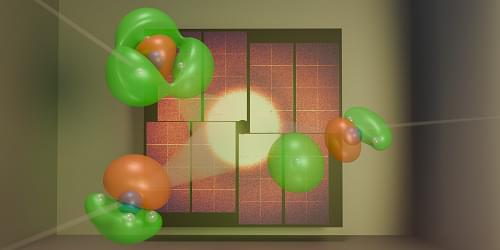
Scientists have used ultrashort x-ray pulses to directly observe the motion of electrons driving a chemical reaction.
A chemical reaction occurs when chemical bonds break and new ones form. These bonds hold atoms together within molecules and are governed by the atoms’ outermost electrons. The motion of these so-called valence electrons dictates how a reaction starts and determines its final products. For decades, chemists have envisioned the possibility of watching such electron movement in real time, capturing a movie of valence electrons as bonds break and form. Now Ian Gabalski at Stanford University and his colleagues have brought this dream closer to reality [1]. They have observed valence-electron motion occurring within a few hundred femtoseconds—where one femtosecond is a millionth of a billionth of a second. This feat was accomplished using ultrashort, high-energy x-ray pulses produced at SLAC National Accelerator Laboratory in California. The team’s findings provide an intuitive view of how electron dynamics influence chemical reactions.
Directly observing electron motion during chemical reactions presents two main challenges. First, it requires an imaging technique that can map the spatial distribution of electrons, known as the electron density. This distribution spans only a few tenths of a nanometer, demanding extremely high spatial resolution. Second, the task needs ultrahigh temporal resolution, because electron movement occurs on a timescale of femtoseconds or even attoseconds—thousandths of a femtosecond. Capturing such rapid motion requires the sample to be subjected to light pulses that are short enough to effectively freeze electron dynamics in time, similarly to using a high-speed camera to capture the fluttering wings of a hummingbird.
